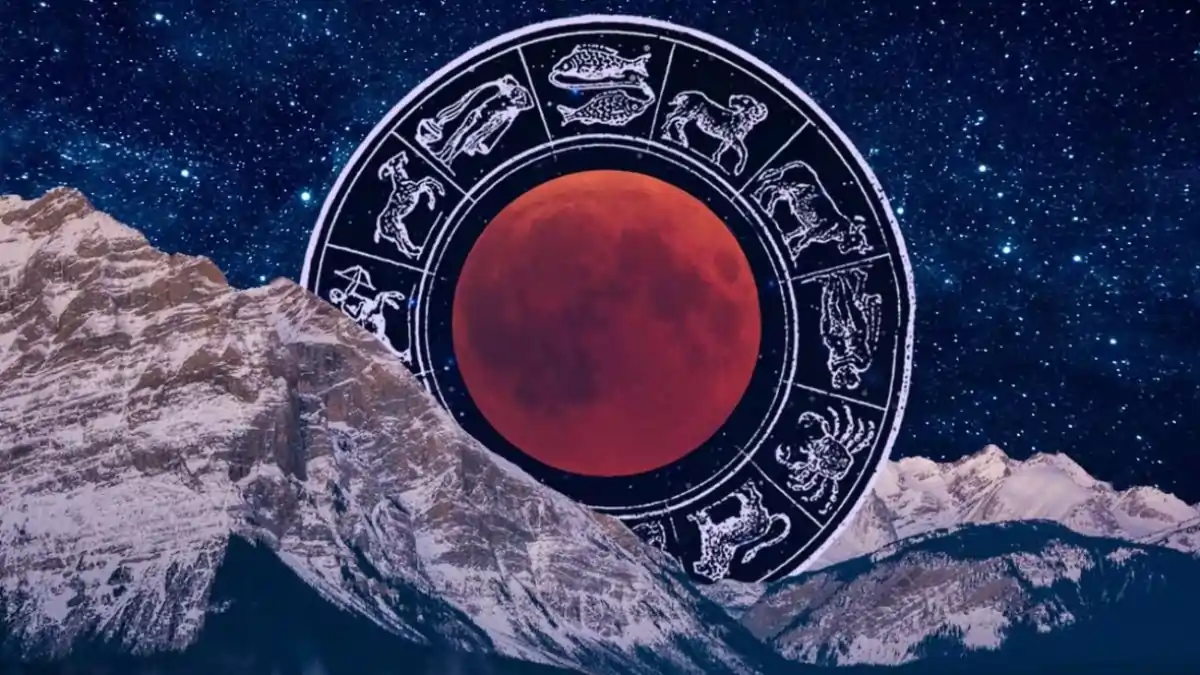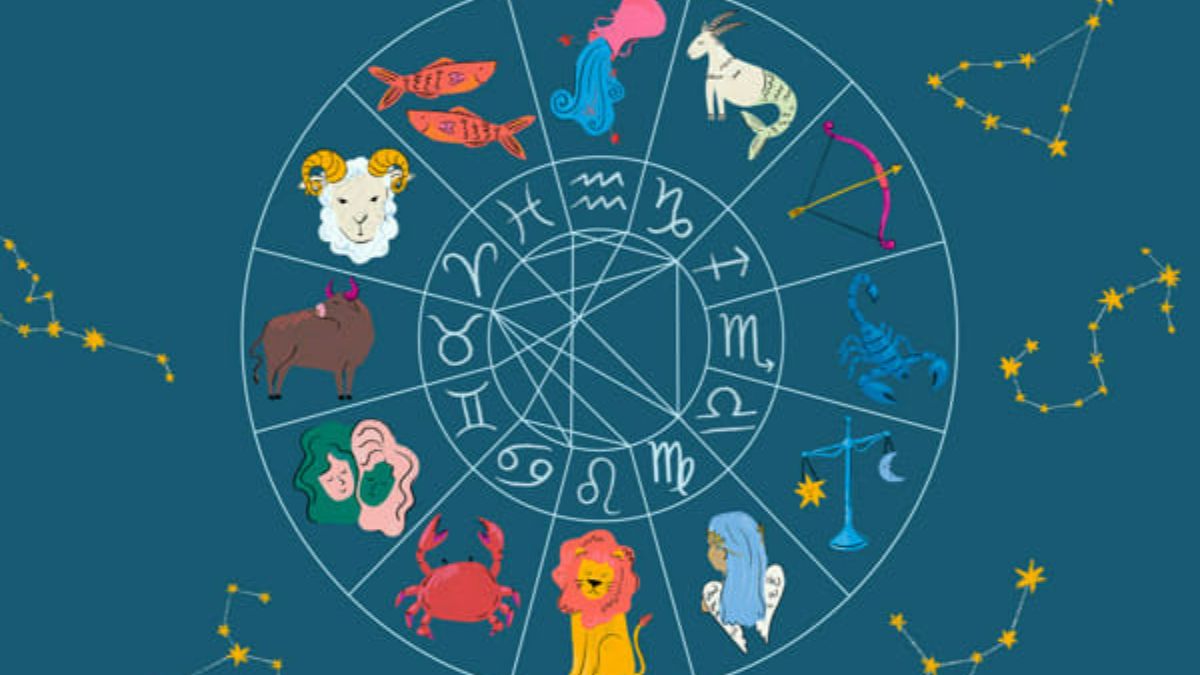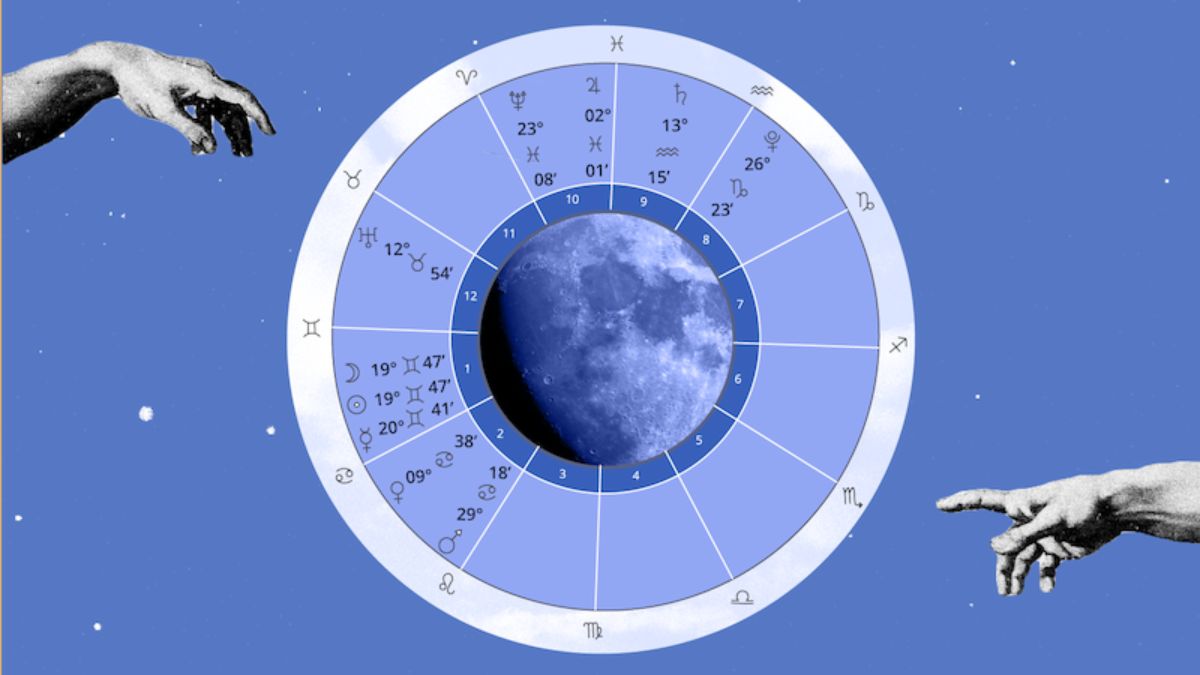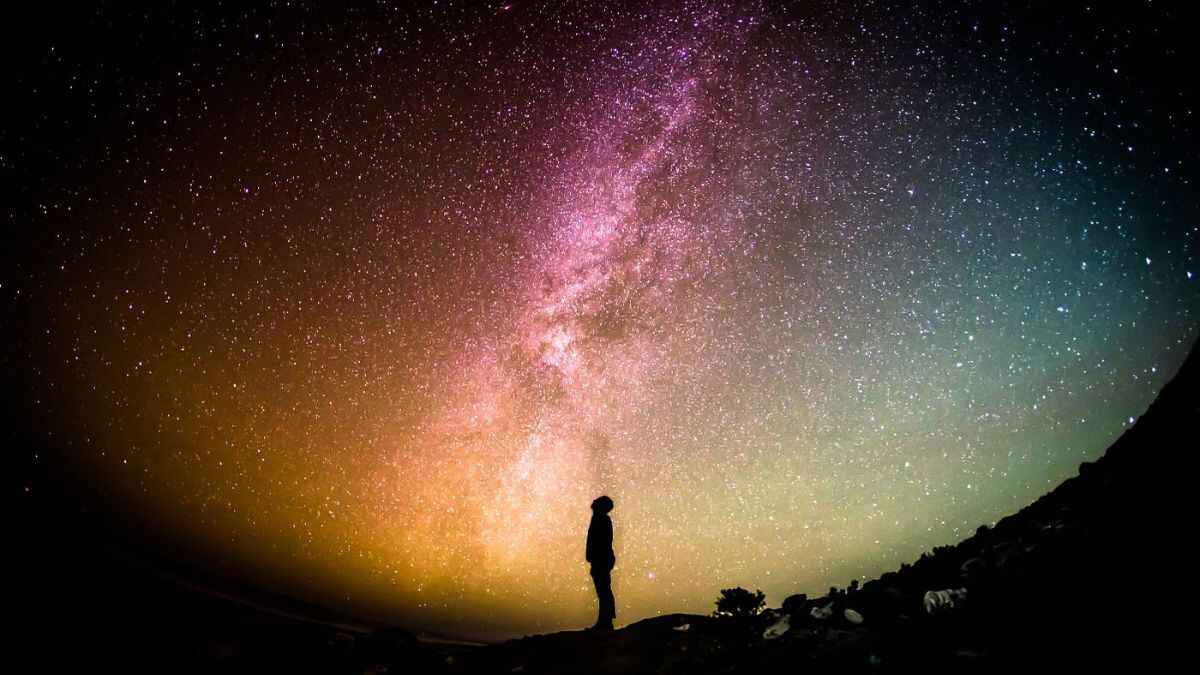Although Western astrology, with its zodiac and planetary positions, is widely known, there is a rich fabric of astral knowledge among Indigenous Canadian societies. First Nations, Inuit, and Métis peoples have carefully watched the celestial sphere for millennia, forging complex systems of knowledge deeply embedded in their cultures, spirituality, and everyday lives. Such systems are much more than mere star gazing; they are wholistic paradigms combining lunar phases, stellar patterns, and the orbit of celestial bodies with seasonal phenomena, ecological knowledge, and storytelling.
It needs to be understood that Indigenous perceptions of the stars are often drastically different from Western astrological concepts. Instead of looking at personality characteristics associated with birth dates under a solar zodiac, Indigenous systems tend to stress seasonal pointers. The rising and setting of certain stars or constellations marked important periods for hunting, fishing, harvesting, and migrating.
For instance, the rising of certain star clusters could mean the arrival of particular fish species or the time to migrate to winter hunting grounds. In addition, the stars are also incorporated into rich and symbolic narratives that describe how the world was created, the activities of ancestors, and how everything is interrelated. Such “sky stories” are essential for education, cultural transmission, and knowing how one fits in the universe. The star world is also usually regarded as a spiritual place, inhabited by spirits and ancestors, with particular celestial events or configurations possessing profound spiritual significance, impacting ceremonies and traditional activity. Importantly, Indigenous star knowledge is inextricably tied to the environment, with observations of the stars being often aligned with geography, animal behavior, and plant cycles, providing a holistic understanding of the landscape.
Most Indigenous communities throughout Canada historically used lunar calendars, their years based on the Moon’s cycles instead of the Sun. These calendars are closely linked to nature, with each “moon” typically being named after important seasonal phenomena, animal habits, or plant cycles that happened during that time. Most Indigenous cultures, especially those of eastern Canada, acknowledge a cycle of thirteen moons within a year, each of which has a particular name and teachings that influence daily life and spiritual knowledge. For instance, the “Sucker Moon” during spring could represent a renewal period and the return of specific fish, whereas the “Berry Moon” during summer indicates the harvest time. Even in those systems which do not follow thirteen moons exactly, lunar cycles frequently determined significant activities, and the new moon, full moon, and other cycles could indicate particular moments for ceremonies, assembly, or resource allocation. The names and knowledge associated with the moons differ substantially among Indigenous peoples, which depends on their particular environments and customary practices.
Indigenous stellar knowledge is proof of the high-level astronomical intelligence achieved by long-term patient watching and word of mouth. While a few of the Indigenous constellations will be shared by Western ones, others are quite distinct, each signifying powerful animals, key figures, or pivotal tales. For instance, the Mi’kmaq have the tradition of Muin (the Bear) and the Seven Bird Hunters that is related to the Big Dipper and Pleiades constellations and illustrates the process of the seasons.
The Blackfoot possess tales related to the Pleiades, the “Lost Boys.” To those communities that traveled extensively by land and sea, the stars were instrumental navigational tools, providing them with direction and orientation. The rotation of stars and constellations through the evening sky served as a natural clock and calendar, which was used to predict season change, the timing of celestial occurrences, and even weather in certain cultures. Such information is typically found within oral traditions, ceremonies, and art, thereby ensuring the passing down of this valuable heritage from generation to generation, with Elders and Knowledge Keepers being integral in ensuring such preservation and sharing.
Over the past decades, there has been an increase in efforts to reclaim, restore, and re-share Indigenous knowledge of astronomy. Partnerships involving Indigenous communities, astronomers, and educators are ensuring that there is a better awareness and appreciation for these distinctive insights into the cosmos. This renewal not only strengthens our knowledge about the universe, but it is also a nod to the very deep wisdom and scientific achievements of Indigenous peoples of Canada. Listening to the whispers of the universe with Indigenous vision teaches us a different and more complete understanding about our position in the expanse of the cosmos and how we live with the land.
Read More: Karnpishachini Sadhana in the USA – A Tantric Spiritual Journey of Hidden Wisdom














